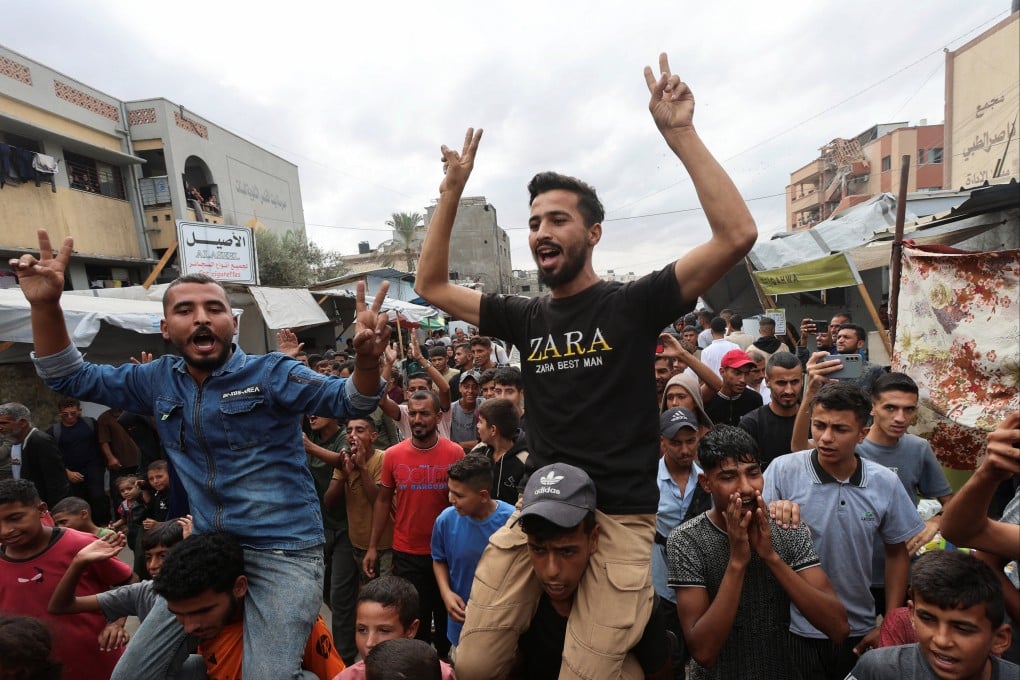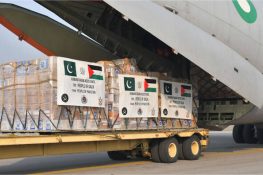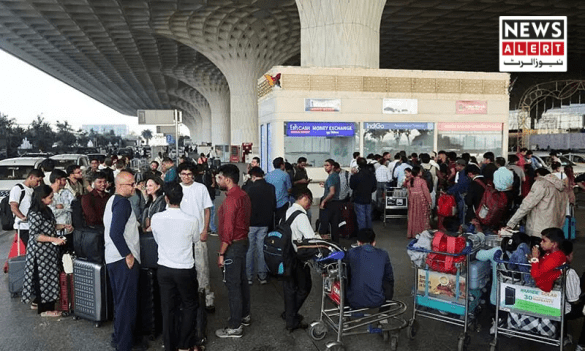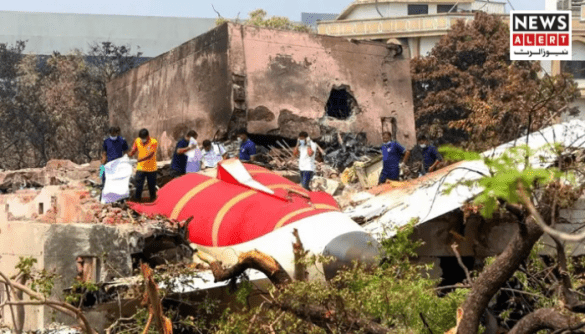Israel has formally declared a ceasefire in Gaza, marking a significant pause in hostilities between Israeli forces and Hamas. As part of the agreement, Israel has begun a phased withdrawal from Gaza, while Hamas has started releasing prisoners in stages.
Ceasefire Takes Effect
The Israeli military announced that the ceasefire deal with Hamas is officially in force. Under the initial phase of the agreement, 11 Hamas prisoners are being released. Israeli forces have begun pulling back from designated areas within Gaza, signaling the start of a broader de-escalation. For more details on the expected troop withdrawal timeline, read Gaza Ceasefire Agreement Expected Today, Israeli Troop Withdrawal Likely Within 24 Hours.
According to regional media reports, Gaza residents are cautiously returning to their homes. Many neighborhoods, severely damaged during recent clashes, are witnessing partial Israeli withdrawals. Citizens are confronting extensive destruction, including collapsed buildings and damaged infrastructure.
Government Approval and High-Level Mediation
Prior to the ceasefire announcement, the Israeli cabinet approved both the truce and the accompanying prisoner exchange deal. The crucial meeting included Israeli Prime Minister Benjamin Netanyahu, alongside Jared Kushner, senior adviser and son-in-law to former U.S. President Donald Trump, and U.S. Special Representative Steve Witkoff.
A statement from the Israeli Prime Minister’s office confirmed that the agreement entails the release of nearly 2,000 Palestinian prisoners in exchange for all Israeli hostages held by Hamas. Israeli forces plan to gradually withdraw from approximately 53 percent of Gaza’s territory.
Phased Prisoner Releases
The agreement outlines a 72-hour timeline during which Hamas will release all hostages in stages. Both parties are obligated to fully adhere to the ceasefire during this period. To ensure compliance, an international monitoring force will be deployed.
This international oversight force is expected to include around 200 personnel, drawing contributions from Egypt, Qatar, Turkey, and potentially the United Arab Emirates. Their mandate will focus on monitoring ceasefire compliance and facilitating the orderly execution of prisoner exchanges.
Negotiations and Regional Context
The ceasefire follows months of complex negotiations mediated in Egypt. Both Hamas and Israeli officials participated in talks brokered by regional and international mediators, resulting in a finalized agreement two days before the formal announcement.
The agreement aligns with a 20-point peace plan proposed by then-U.S. President Donald Trump. The plan reportedly received backing from eight Muslim-majority countries, including Pakistan. Following this support, Israel also formally accepted the framework, paving the way for the current ceasefire and prisoner release arrangement.
Humanitarian Situation
The humanitarian situation in Gaza remains critical. After repeated airstrikes and ground operations, essential services including electricity, water, and medical facilities have been severely disrupted. Aid agencies have emphasized the need for international support to address the immediate needs of returning residents.
Despite the destruction, the ceasefire has brought a fragile sense of relief to residents who had spent weeks in shelters. Local authorities have begun assessing damages and organizing temporary relief centers for families displaced during the conflict.
Looking Ahead
Analysts note that while the ceasefire represents a positive step, the region remains volatile. Ensuring the full implementation of the agreement, particularly the phased prisoner releases and Israeli withdrawal, will require careful monitoring. The international force’s presence is expected to play a crucial role in maintaining stability.
For now, Gaza residents are cautiously reclaiming their neighborhoods, hoping the ceasefire will hold. The coming days will test the durability of this agreement and its potential to lay groundwork for longer-term peace.















